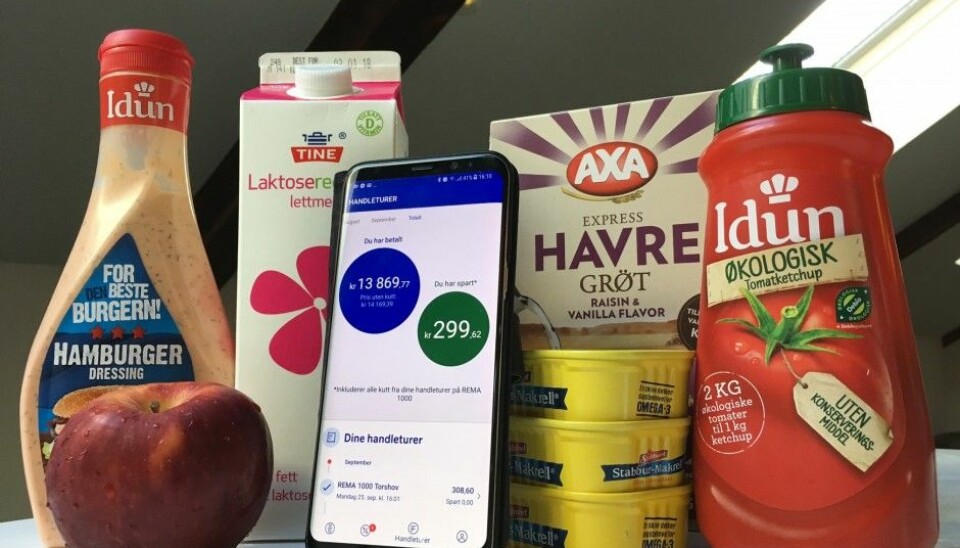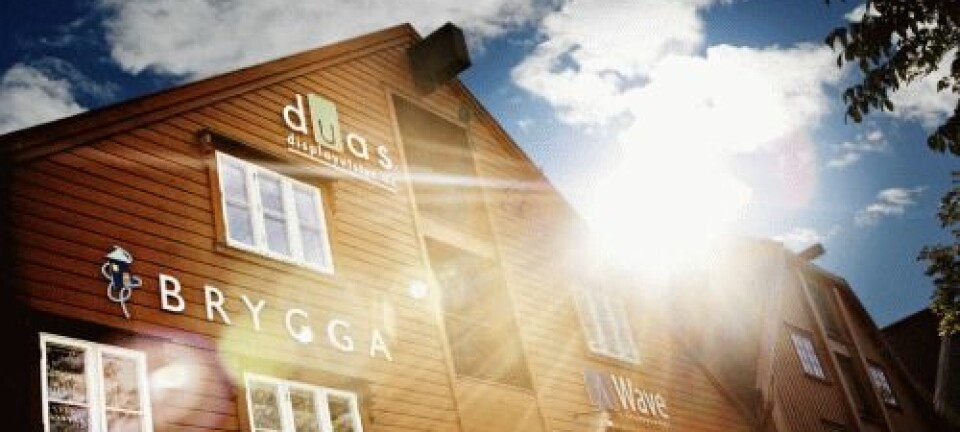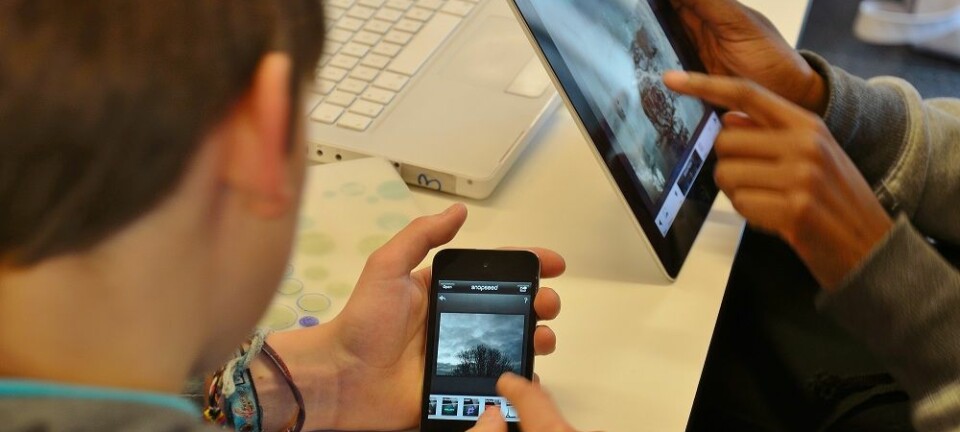
Pensioners unknowingly subsidise groceries for young and wealthy
High-income families in Oslo get cheaper food at the expense of those in rural areas who are unable to use apps or unwilling to disclose their consumer habits. Apps that give discounts create new economic disparities.
Norwegian consumers have been coaxed by supermarket chains into downloading mobile phone applications giving them discounts and digital coupons. Three times as many customers obtained these apps this year as last year.
Last year one in five shoppers downloaded a supermarket app to their smart phones. This year more than six out of ten obtained these apps, according to a report from the National Institute for Consumer Research (SIFO) at the University College of Oslo and Akershus, based on a survey of a thousand persons.
Æ is popular
The supermarket chain, Rema 1000’s “Æ” app gives customers discounts immediately at the check-out counter. It is now as commonly used as the cooperative chain Coop’s Member app, and is used by one out of every four consumers.
Both of these give discounts for groceries, either directly at the cash register or as a total sum at the end of the year.
Other apps investigated by SIFO were Min Meny, Kiwi Handleliste, Spar and Rema’s dinner planner, which are merely meal-planners.
Price discrimination
But these apps have a flip side that is nothing to celebrate, assert researchers at SIFO.
“The advantage apps lead to price discrimination between customer groups,” said Researcher Lisbet Berg at a recent press conference.
This is because those who have the app pay less for their items than the shelf price paid by those without the application on a smart phone.
Those who don’t use the apps are in principle shelling out extra cash for what the app users are saving.
“Those who for one reason or another don’t use them are sponsoring part of the purchases of the app users,” explained Berg.
Consumer researchers wanted to know who are these shoppers that, voluntarily or not, are thusly being overcharged.
Big earners save the most with apps
The researchers found clear disparities regarding age and income.
There is a clear relative excess of consumers with incomes over NOK 600,000 [$75,000] among the app users.
One in four with the highest incomes has installed all the advantage apps. The same can be said for just seven percent of the Norwegians in the survey who had the lowest incomes.
“The advantage apps contribute to consumers with low incomes subsidising those with the highest incomes,” said Berg.
Whereas four out of ten who earn less than NOK 400,000 [$50,000] have not installed the advantage apps, just two out of ten with incomes of at least a million [$125,000] have refrained from installing them.
“It was surprising that those who earn most are the ones most likely to be sponsored by the others,” said Lisbeth Berg.
Earlier studies have shown that persons with low incomes tend to be more price conscious than others.
“The explanation could be that people who are well-to-do also have the least time on their hands to compare which items are cheaper and where, so they compensate by installing apps,” said Berg.
Pensioners sponsor young families
The researchers also compared ages and life stages of the most typical app users.
The highest share of app users is comprised of younger adults with children. Some 73 percent of these have installed one or more advantage apps.
The oldest shoppers and the youngest (who perhaps still live at home with their parents) are the least likely to have downloaded the apps.
Oslo residents are more likely to have acquired the apps than Norwegians living elsewhere.
Pensioners are clearly the least likely to have the apps.
“So we might say that elderly rural pensioners are sponsoring high-income families in the cities,” said Berg.
As for levels of education and type of jobs, there were no significant differences in this respect. Nor were there any major differences in use of supermarket apps based on gender.
Less sceptical about letting data be used
The large chains can obviously benefit from access to their customers’ personal consumer habits and other characteristics.
Are consumers bothered by this, or even aware of it?
The SIFO researchers think mounting use of these apps indicates that supermarket shoppers are less sceptical than they used to be regarding submissions of personal data about their consumer habits.
Still, seven in ten who have downloaded the apps respond that they are worried about leaving digital tracks than can be exploited commercially.
Nearly as many say they rather agree or largely agree that the supermarket chains thus now know more about their households.
Many have indeed installed the apps with a sense of apprehension.
Those who are concerned most about their data being used are parents with young children, living in cities, with high levels of education and high incomes.
Concerned app users comprised 42 percent of the thousand in survey. The second largest group in this regard consisted of persons who were also worried about revealing consumer habits and had not downloaded the apps.
Three out of ten Norwegians responded that they were not willing to trade the release of such personal data for the opportunity to get cheaper groceries.
Pensioners outside the cities were over-represented in this group who claimed to give priority their privacy.
Not chaining themselves to chains
The researchers were also concerned about whether downloading apps increases loyalty to a particular supermarket chain, thus undermining competition amongst these shops.
The apps contribute to a certain amount of customer loyalty, but the researchers conclude that it is not particularly strong.
This is partly because the analysis showed that many who had downloaded one app also had one or more competing ones. About three out of ten Norwegians have more than one such app.
“Thus, many customers are not necessarily loyal toward a single chain,” said Berg.
However, nearly one in three persons responded that because of the apps they shop more in the respective supermarkets because of the current discounts they get there.
-------------------------------------
Read the Norwegian version of this article at forskning.no
Translated by: Glenn Ostling
































